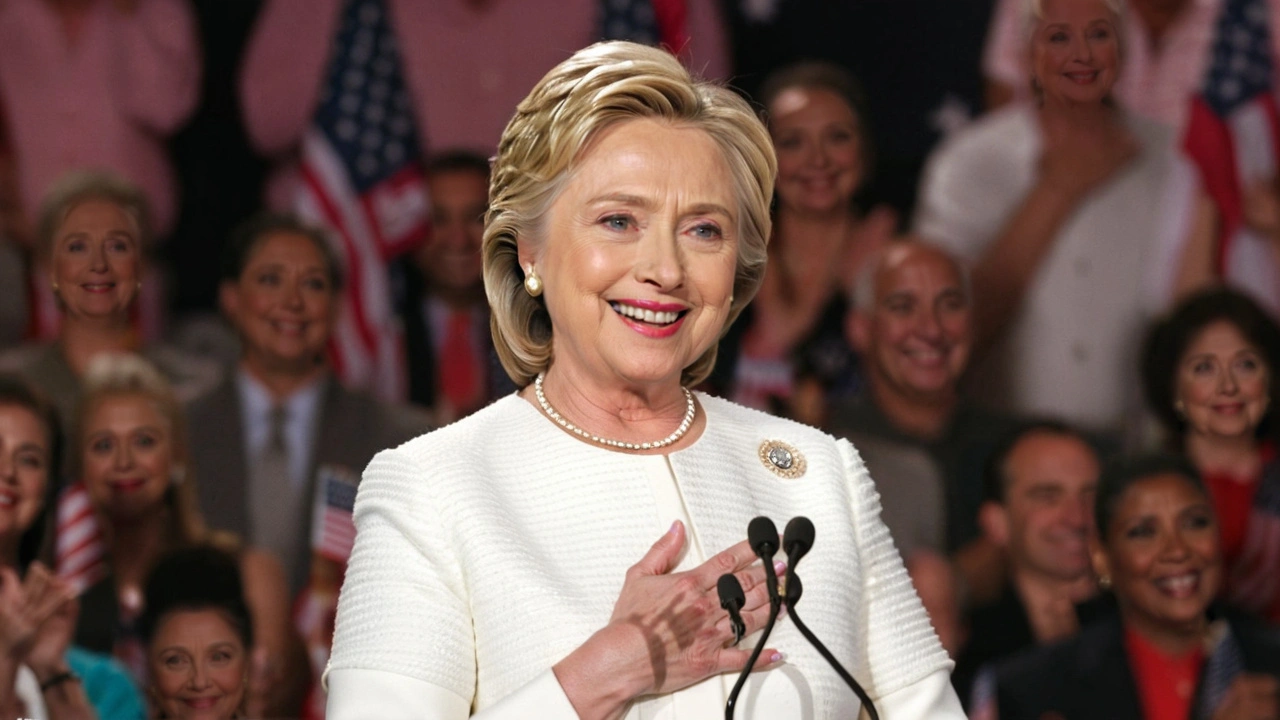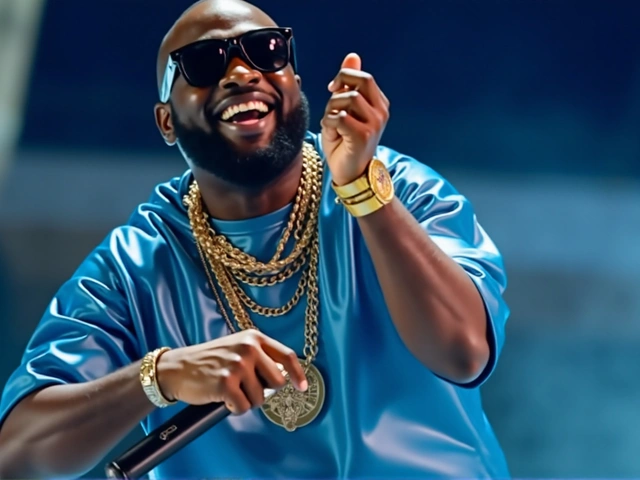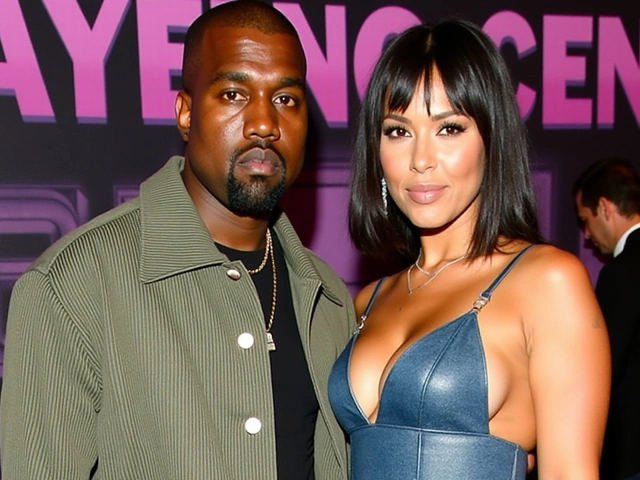
Hillary Clinton's Historic Presidential Bid
In the annals of American politics, 2016 stands out as a year of significant milestones. It was the year Hillary Clinton shattered one of the highest glass ceilings, becoming the first female presidential candidate of a major U.S. political party. For many, her candidacy was a ray of hope, a tangible sign of progress toward gender equality in political representation.
Clinton’s journey to the nomination was a culmination of decades of public service. She first stepped into the national spotlight as First Lady in 1993. Throughout her career, she wore many hats—Senator from New York, Secretary of State during President Barack Obama’s first term, and a twice-presidential hopeful. In 2008, she came close but ultimately lost the Democratic primary to Obama. Undeterred, she returned in 2016, securing the Democratic nomination with widespread support, and a robust campaign platform.
Despite winning nearly three million more votes than her opponent, Donald Trump, Hillary Clinton lost the presidency due to the peculiarities of the electoral college. This result left a bittersweet mark on her historic run. While she did not secure the presidency, her popular vote victory—garnering 48.2%—was a powerful statement. It underscored the substantial support that existed for her vision of America, even though the final tally in the electoral college told a different story.
Trailblazers Who Paved the Way
Hillary Clinton’s landmark nomination is built on the efforts of many women who came before her. The trailblazing began with Victoria Woodhull, who, in 1872, became the first woman to run for President. A daring stockbroker and newspaper owner, Woodhull was a vocal advocate for women’s rights and also championed civil rights for African Americans. Her unprecedented campaign opened doors for future female candidates in an era where women lacked even the basic right to vote.
Belva Ann Lockwood followed in Woodhull's footsteps. In 1884, Lockwood ran for President, emphasizing that women’s political aspirations were not just symbolic but serious and grounded in policy proposals. She was also the first woman admitted to practice law before the United States Supreme Court, underscoring her commitment to breaking barriers in every sphere.
In the 20th century, more women continued the fight for political inclusion. Margaret Chase Smith, a formidable politician, became the first woman to serve in both houses of the United States Congress. Shirley Chisholm, the first African-American woman elected to Congress, also became the first black candidate for a major party’s nomination for President in 1972. Each of these women, alongside many others like Pat Schroeder, chipped away at the monolithic structures of male-dominated politics, setting the stage for Clinton's historic run.
Financial Strength and Voter Support
One of the most telling aspects of Clinton’s 2016 campaign was its financial backbone. Her campaign raised over $1.2 billion, a monumental sum demonstrating significant support from a diverse array of donors. This financial power translated into a comprehensive and extensive campaign strategy, allowing Clinton to make her case to voters across the nation.
The campaign's focus was wide-ranging. Clinton proposed progressive policies on healthcare, education, and economic reform, aiming to build on the successes of the Obama administration. Her experience as Secretary of State lent her credibility on international matters, and she was frequently seen as a steady hand in turbulent times. Despite this, the campaign also faced significant challenges, from deeply ingrained misogyny to political adversaries capitalizing on every misstep.
The Unbroken Glass Ceiling
While Clinton’s campaign was groundbreaking, the glass ceiling remains unbroken—no woman has yet ascended to the U.S. presidency. Nevertheless, the impact of her candidacy is undeniable. It has inspired a generation of young women and girls to envision themselves in the highest offices in the land.
The 2016 campaign also energized political participation among women, leading to what some have called a 'pink wave' in subsequent elections. Female candidates won office in record numbers during the 2018 midterms, reflecting the changing landscape of American politics. This shift hints at a more inclusive future, where gender may one day no longer be a barrier to the presidency.
Legacy and Future Prospects
Clinton's legacy, and that of her predecessors, is profound. They have transformed the American political landscape, opening pathways for future female leaders. The historical significance of Clinton’s nomination and her popular vote victory cannot be overstated. They serve as a testament to how far the nation has come and how far it still has to go.
Looking ahead, the potential for female leadership in the United States remains vast. As more women enter political life, the possibility of breaking the presidential glass ceiling grows ever more attainable. Clinton’s run has shown that while the electoral system has its peculiarities, the popular mandate for female leadership exists and is growing stronger.
Hillary Clinton's 2016 presidential bid was a watershed moment in American history. It was a culmination of the efforts of countless women over centuries, each contributing to the gradual dismantling of gender barriers in politics. While the ultimate goal—a female president—remains just out of reach, the strides that have been made are monumental. Clinton, alongside her trailblazing foremothers, has illuminated a path toward a more equal and inclusive political future.





